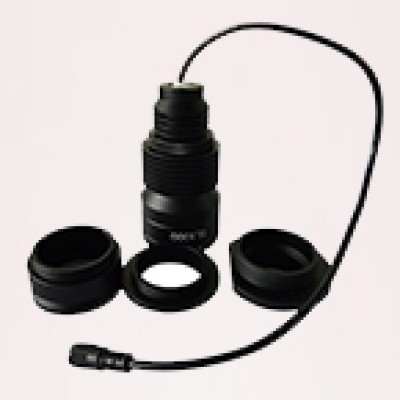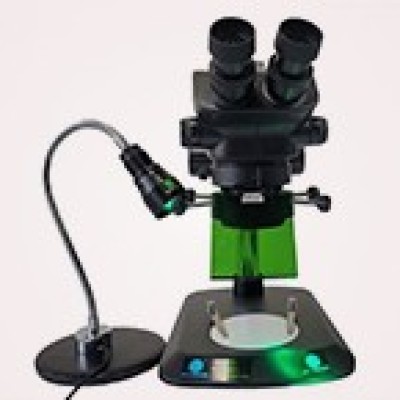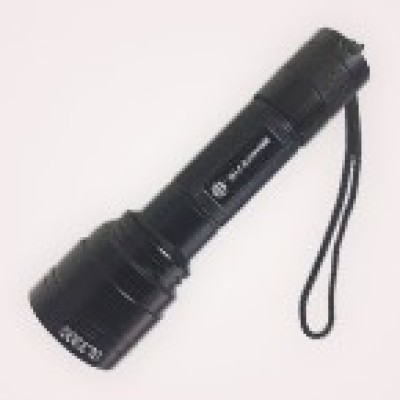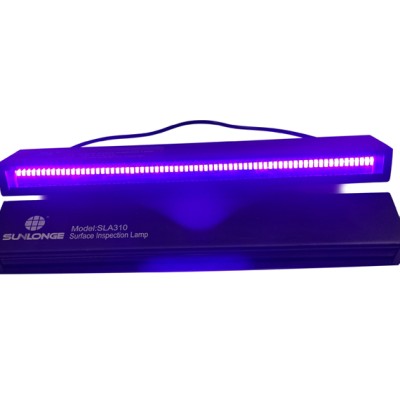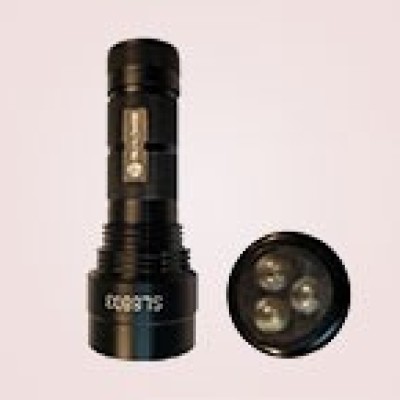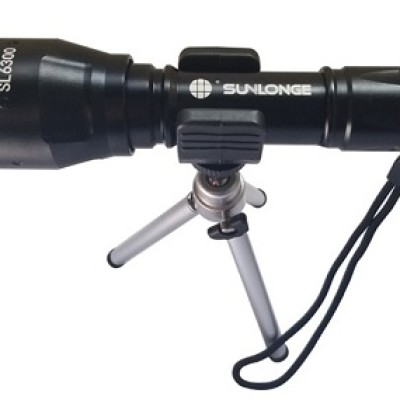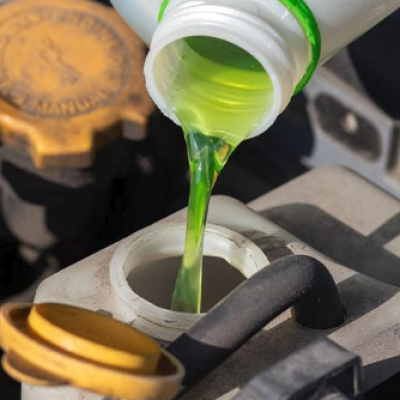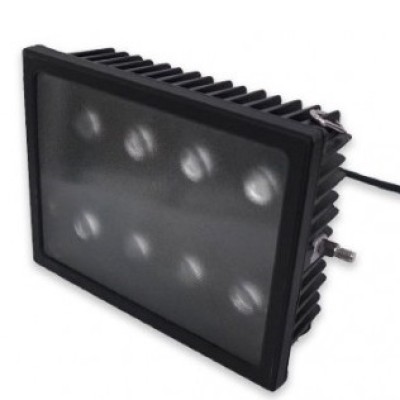Introduction
Fluorescence is a powerful tool in the modern world. In the industry of nature, people utilise it for exploring their subjects of interest, for example, coral polyps. In the manufacturing industry, fluorescence is applied to detect defects, leakages, and contaminants. In forensic sciences or the criminal industry, it is the best option to identify the evidence and locate body fluids. With its diverse applications, there has been an explosion of various fluorescence instrumentation for the past 30 years, ranging from fluorescence microscopes to microscope fluorescence adapters. However, seeing an exponential number of different instruments, the comparison between their uses and benefits has arisen. Specifically, people have started to question the value of microscope fluorescence adapters.
The Barrier of Fluorescence in Stereo Microscopy
In view of the great power of fluorescence stereo microscopes, the major stumbling block is their cost. A purpose-built one typically costs $20000. However, different wavelengths are required to generate the maximal fluorescence effect for different samples. The cost of purchasing multiple microscopes can be astronomical. Accordingly, this may limit the application of fluorescence microscopes in small firms or laboratories.
The Benefits of Microscope Fluorescence Adapters
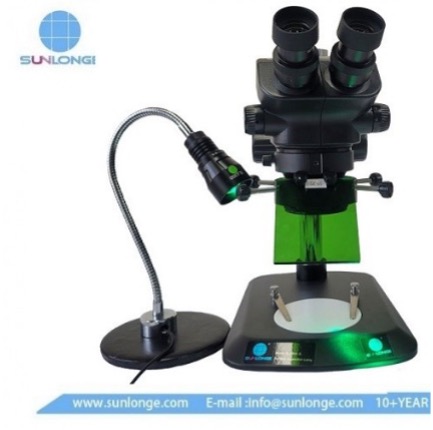
Regarding the above barrier, microscope fluorescence adapters have brought the solution. The main aim of adapters is to provide a wide range of fluorescence effects at an affordable price. Without the need to install a new set of microscopes, the only thing that technicians have to work on is adjusting the brightness of the excitation light source from 0% to 100% by turning the adapter ring. It will then instantly offer them more fluorescence options. Using the SLF6300 Microscope Fluorescence Adapter from Sunlonge as an example, with the rotation dimming and a light modulator included, a maximum of 8 solutions are provided for selection. It can therefore cater to a range of fluorescence excitation tests, for instance, fruit flies, zebrafish, and salamanders. The convenience and economic benefits introduced by microscope fluorescence adapters have significantly lowered the entry barrier of fluorescence and reduced the risk of installing useless microscopes.
Thanks to the low entry barrier, fluorescence can be brought into the classroom more effortlessly. In most cases, undergraduate laboratories do not have the ability to equip several microscopes. The launch of microscope fluorescence adapters will thereby become their top choice in terms of ease of use, effectiveness, and low cost. Correspondingly, microscope fluorescence adapters are one of the largest stepping stones in fluorescence education and experimentation.
Limitations of Microscope Fluorescence Adapters
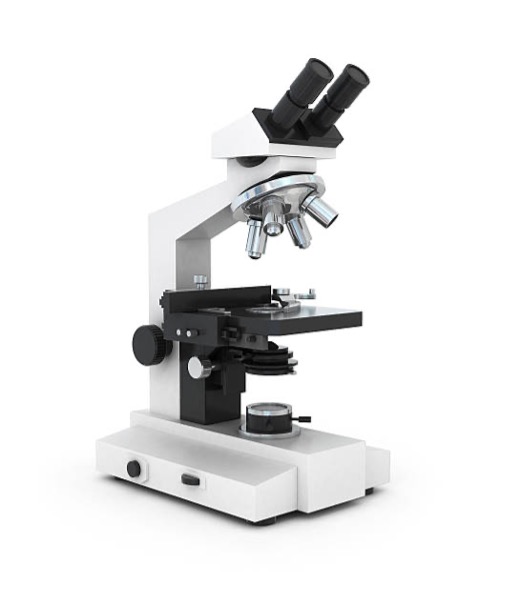
Despite the advantages offered by microscope fluorescence adapters, everything has its limitations. The adapters cannot always replace a high-end system. In general, everything that can be easily observed in a high-end system can always be seen under an adapter. On the other hand, when it comes to a tiny subject with weak fluorescence or a need for high-resolution imaging, a full research-level system will be the only option. Thus, microscope fluorescence adapters may not always be an optimal choice to replace all high-end fluorescence stereo microscopes at the current stage.
How to Choose the Right Microscope Fluorescence Adapter?
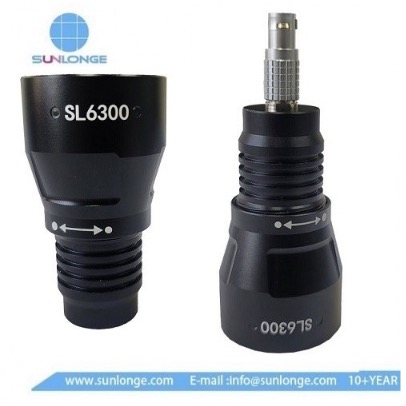
Similar to choosing a fluorescence stereo microscope, several aspects should be taken into consideration in deciding on a suitable adapter. In particular, the adapters produced by different companies carry unique features. For example, the SLF6300 microscope fluorescence adapter from Sunlonge consists of one piece of 5W LED, a flexible gooseneck, a magnet lamp holder, a special dimmer, an adapter ring, and an observation filter. Technicians should carefully look into the details of several models to draw a decision. Another critical criterion is the wavelength provided. A matching of samples and wavelengths is the key to an optimal fluorescence effect.
Conclusion
In view of the advancement of fluorescence instrumentation, there is a skyrocketing number of fluorescence tools on the market. Installing a microscope fluorescence adapter is a great choice for the initial stage given its economic benefits and wide applications. However, it cannot always replace a high-end one for some specific samples. Nevertheless, choosing the right microscope fluorescence adapter can increase the number of fluorescence solutions without disassembling or modifying the microscope, which effectively lowers the cost of fluorescence and enhances the accuracy and resolution for the majority of tests.
 CN
CN

